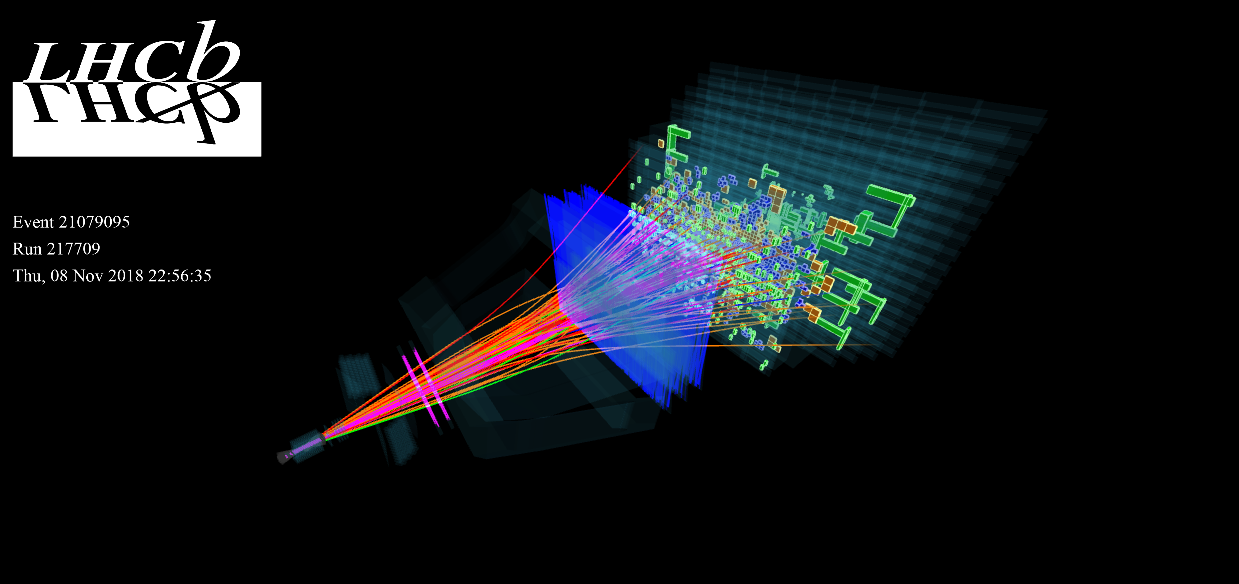The lead ion run is under way. On 8 November at 21:19, the four experiments at the Large Hadron Collider - ALICE, ATLAS, CMS and LHCb - recorded their first collisions of lead nuclei since 2015. For three weeks and a half, the world’s biggest accelerator will collide these nuclei, comprising 208 protons and neutrons, at an energy of 5.02 teraelectronvolts (TeV) for each colliding pair of nucleons (protons and neutrons). This will be the fourth run of this kind since the collider began operation. In 2013 and 2016, lead ions were collided with protons in the LHC.

Collisions of lead nuclei will allow physicists to study specific phenomena such as quark-gluon plasma, a state of matter that is thought to have existed during the very first moments of the Universe, when the temperature was so high that quarks and gluons were not confined by the strong force into protons and neutrons. The previous runs with lead nuclei have already produced a vast amount of data about the properties of quark-gluon plasma. Evidence of many other phenomena, including light-by-light scattering, has also been found in heavy ion collisions.
Among the four LHC experiments, the ALICE experiment specialises in studies of the strong interaction and the quark-gluon plasma. The experiment aims to perform more precise measurements of various phenomena, such as the melting and regeneration of quarkonia – particles consisting of a heavy quark and anti-quark pair. A Facebook live event will take place on Tuesday 13 November at 4pm (CET) on CERN Facebook page.

The accelerator teams intend to rise to various challenges for the 2018 run. “We want to maximise the luminosity in order to generate as much data as possible and prepare for future runs, especially at the High-Luminosity LHC”, says John Jowett, the physicist in charge of the LHC heavy ion runs. Luminosity is a key parameter of a collider that indicates the number of collisions that can be produced in a given period of time. During the last heavy ion run in 2015, the luminosity achieved was over three and a half times higher than the LHC’s design luminosity. This time the LHC team is aiming even higher.
A new configuration of the accelerator optics has been implemented to increase the squeezing of the beams at the collision points. The next step will be to reduce the spacing between the bunches of nuclei that make up each beam, thereby increasing the number of bunches.
The experts have been getting ready for the run for several months, carrying out extensive analyses and measurements to increase the performance of the injectors as the lead nuclei are actually prepared by a chain of four accelerators before being sent to the LHC.
These heavy-ion collisions will last three and a half weeks, with the last beams scheduled for the morning of 3 December.

The accelerators will then be shut down for a two-year technical shutdown that will allow major upgrades to be made to accelerators and detectors.
Watch the Facebook Live on Tuesday 13 November at 4pm (CET) on CERN Facebook page

